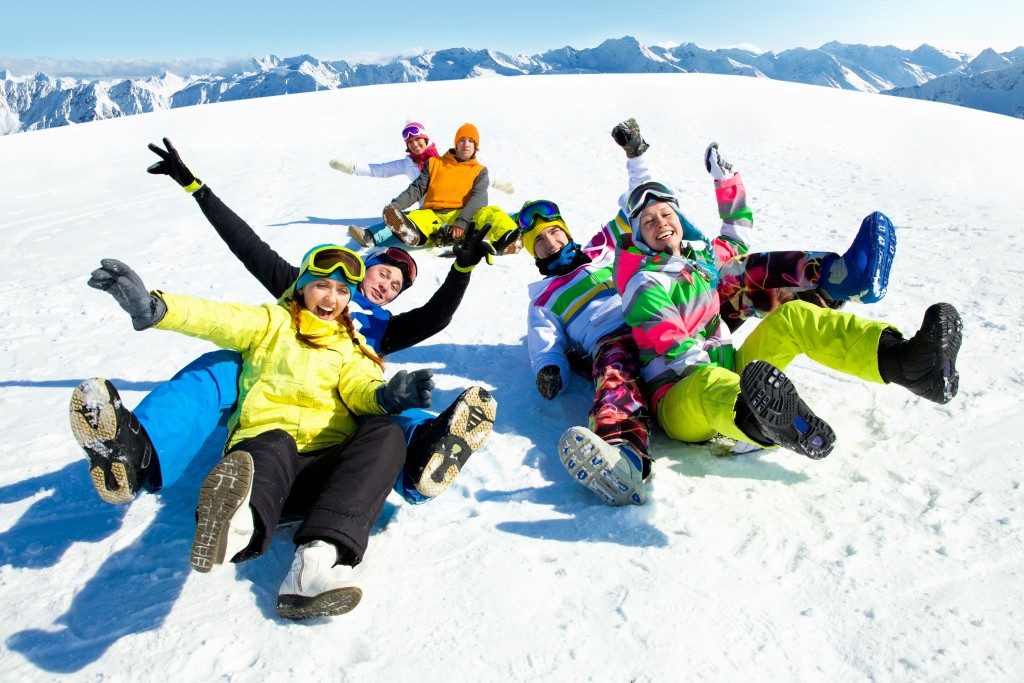
Skiing is an extreme winter sport that requires the proper use of correct gear; otherwise, it can lead to various injuries. The quality of your skis can also affect your overall performance and leave you at risk for sustaining injuries, such as concussions, knee injuries, and others.
In 2018, 40 percent of skiers in the US were women, two percent higher than in 2013. Data also show that the sales of women’s tourist skis increased to 85 percent, while men’s sales dipped by 11 percent. Among the popular skis, Blizzard’s women’s Black Pearl series remains the top-selling.
When buying skis for the first time, there are important factors to consider to find the one that matches your skills. The location where you usually ski, for instance, may have an impact in your selection process. Here are three considerations that can help you narrow down your search.
Determine Your Ski Level
Knowing your skiing ability levels helps you decide the type of skis you should use. You can determine your ski level by assessing your experience, whether you’re new at this sport or you do it regularly. How well you ski is another way to know your level.
Skiing capability is categorized in three levels:
Beginner
Beginners are individuals who have no ski experience or have only skied a few times. Skiers in level one, two, and three belong in this category.
Intermediate
Skiers under this category have already mastered the basics of turning and stopping. They are often in the stage of polishing those skills. They are also confident to ski in green and easy blue runs. Skiers in level four, five, and six are part of the intermediate category.
Advanced
This level shows that you can already ski blue and blue-black trails with confidence. Here, you must know various techniques on skiing under difficult terrain conditions. Levels seven, eight, and nine are part of this category.
Identify the Right Design that Suits You

Some skiers believe that women’s skis only differ to men’s skis on the surface. These skis, however, can be different in weight, width, flex, length, and mounting positions. Such factors can increase skier performance and reduce tiredness.
The design of women’s skis caters to the needs of female skiers and their different body structure. Women’s skis are 20 percent lighter and have a 20 percent softer flex. When it comes to the mounting position, it’s in a slightly forward position to meet women’s center of gravity.
You don’t have to stick to women’s skis. But if you’re a beginner, using one that matches your ability can give you an advantage.
Choose the Appropriate Binding
Ski bindings are another factor to consider when buying your first skis. The type of bindings you choose depends on what kind of skiing you do and the level of your skiing ability. You may choose from two main styles, including frame and tech bindings.
Frame bindings allow heels to go around your boots even if they are unlocked from the ski. As a result, you raise the entire binding and its weight when you go uphill. Since they are heavier, you’re likely to sacrifice a certain amount of uphill advantage, but improve your descent performance.
On the other hand, tech bindings can be an all-around choice for recreational skiers. Unlike frame bindings, this type is lighter, and it allows you to free your heel from the binding rather than from the ski. This makes going uphill much easier since you don’t have to carry extra weight.
As a first time buyer, it pays to spend time on research to find the right skis. Your gear can be an investment, especially if you see yourself skiing for a long time. You may also ask other skiers or professionals to guide with your first purchase.

